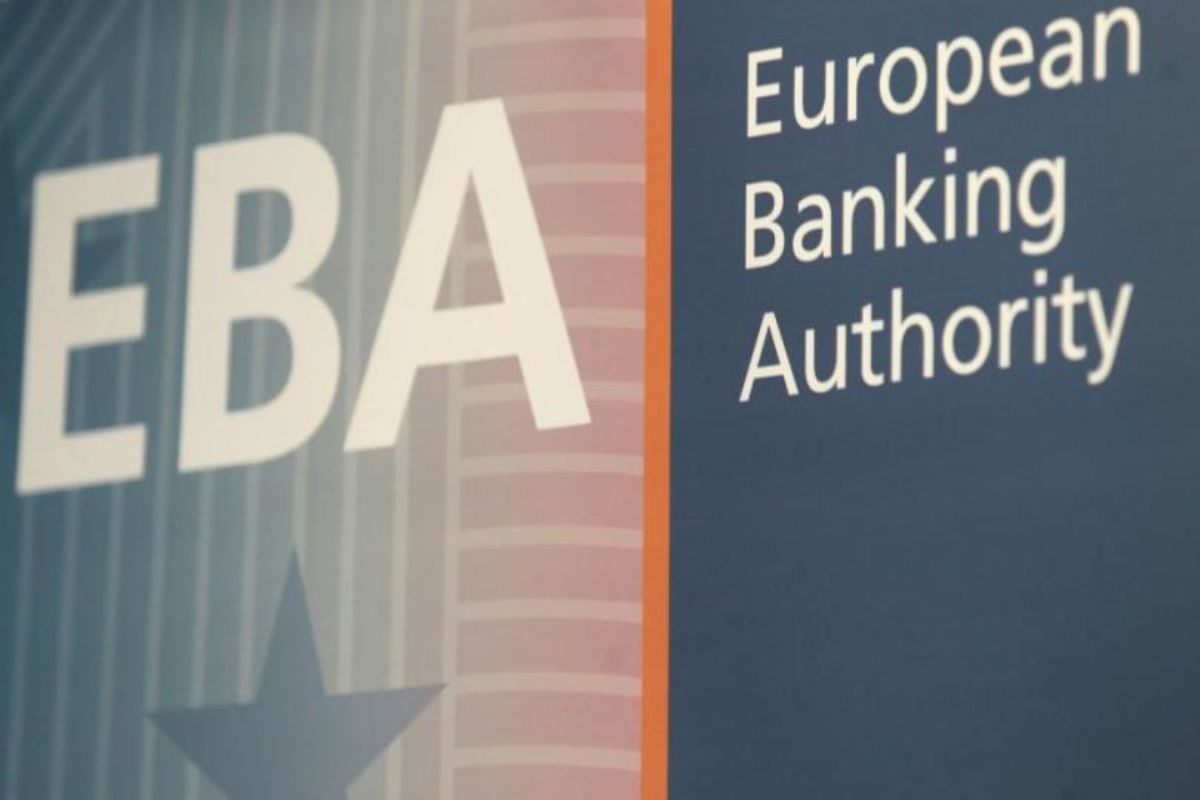Amid the uncertainty of EU-UK negotiations, financial market access is sure to be marked by more friction.[1] As the end of the transition period approaches, both sides are diverging, which indicates that financial services trade across the Channel will be very different next year. Even if a trade agreement were to be concluded by the end of 2020, market access will be well below what it is today. Equivalence decisions are limited in scope, and equivalence assessments await conclusion. And what will be the means for recourse?
What possibilities for EU-UK financial services trade in 2021? Four different scenarios are possible in 2021: no agreement or World Trade Organisation (WTO) rules; equivalence decisions; a Comprehensive Free Trade Agreement (CFTA); or both, which would be the ideal outcome. The clock is still ticking, but huge disagreements remain on many elements of the future relationship. The best that can be expected is a few equivalence agreements by the end of the year. Yet even with all possible equivalence agreements agreed upon and a CFTA in place, we will be a long way from the single market framework we have today
Four possible scenarios for EU-UK financial market access
| WTO rules (no FTA) | Equivalence decisions (and WTO rules) |
| CFTA | CFTA and equivalence decisions |
In the political declaration of 12 November 2019, both parties stated their intent to develop a wide-ranging and balanced economic partnership. One that would be based on a level playing field, with comparable norms for environmental, social, tax and competition matters, and a dispute settlement system with a joint Committee and the European Court of Justice (ECJ) for EU legal matters. For financial services, the political declaration was supposed to have equivalence assessments of each other’s regulatory frameworks in place before the end of June 2020.
In the meantime, the UK has circulated its draft CFTA, a 290-page document with a chapter on financial services. It proposes very open access to each other’s market, almost to maintain the free provision of services as we know them in the EU. The draft states that the treatment of financial services and cross-border financial service suppliers should be “no less favourable than the most favourable treatment accorded by that Government to its own like financial services and financial service suppliers” (Art 17.3.3), with no quantity or quality limitations (Art. 17.5). The use of a prudential carve-out that exists at General Agreement on Trade in Services (GATS) level should be clearly delineated and not invoked unnecessarily (Art. 17.13).
A new financial services committee is proposed to supervise the implementation of these provisions. It should also function as a first-level dispute settlement entity and be composed of competent persons from each side. There is no reference whatsoever to a role for the ECJ, or any ambition to create an independent entity, but the agreement proposes a new overall dispute settlement system for the CFTA, along the lines of international arbitration panels.
The financial services provisions of the draft CFTA are very like those of the EU-Canada Comprehensive Economic and Trade Agreement (CETA), but without the discretionary provisions, such as for the prudential carve-out. CETA’s Article 13.16 states that “a party may require registration of a provider” or “prohibit a particular financial service”, which does not appear in the draft CFTA. For the cross-border provision of services, the provisions are similar. The difference is, however, that the UK has substantial operations within the EU, and vice versa, under the free provision of services of the single market, which was not the case for Canada.
The CFTA discussions are advancing slowly; the end of June deadline passed with little progress having been made, not even on the equivalence decisions. The level playing field alone is already causing considerable disagreement, mostly in the competition policy and state aid domain, but also for fisheries. But even if a CFTA-style agreement is reached between the EU and the UK in the coming months, it will need to be approved by the European Parliament, which is a further hurdle.
If there is no CFTA, there will not be a dispute settlement system either. The WTO appellate body has ceased to function since the US refusal to nominate judges, but the quasi-legal panel process of the WTO to settle disputes can still function. Within the context of equivalence decisions, disputes could move to the EU Court, but the UK refuses to accept any role for this EU entity.
The UK has stated that it will offer transitional relief for EU operators on the UK market, meaning they can continue to operate during a given period after 2020. The EU does not want to reciprocate this for the moment, apart from possible equivalence decisions, but some member states may do this on a bilateral basis.
What about equivalence?
Equivalence is a unilateral measure by the EU, concluded for a limited period of time, which can be revoked with one month’s notice. It is no substitute for market access as exists today, except for wholesale market participants under the Markets in Financial Instruments Directive (MiFID) II and the European Market Infrastructure Regulation (EMIR), and for asset management under the Alternative Investment Fund Managers Directive (AIFMD). The UK wants broad equivalence as a process – almost mutual recognition of regulatory frameworks – and legal certainty.
There is no broad EU framework, but equivalence varies from no, to limited or very extensive provisions in the existing legal framework governing the free provision of services and financial products in the EU. Overall, there are about 40 areas where equivalence decisions are possible,[2] but, with some exceptions, they do not offer the full freedoms of a given measure. The EU Commission recently sent questionnaires to about 28 different areas to the UK, but has only received a few responses.
One obvious stumbling block for equivalence are bonuses. In the past, the UK raised concerns about bonus rules or pay restrictions in EU financial regulations, and voted against them for bank prudential regulation in the EU Council in the context of the Capital Requirements Directive (CRD) IV. Another obstacle is money laundering, where the UK is in a more vulnerable situation outside than inside, also with its dependent territories.
The UK itself has already indicated openly that it wants to diverge from EU rules, rendering equivalence even more difficult. This concerns: i) the Minimum Requirements for own funds and Eligible Liabilities (MREL) definition in the Bank Recovery and Resolution Directive (BRRD), ii) the prudential regime for large investment firms under the 2019 investment firm regulation, and iii) the settlement regime under the Central Securities Depositories Regulation (CSDR). Also, the EU-27 is considering changing MiFID II, which was drafted very much from a UK market perspective.
What can we expect?
From 2021 onwards, EU-UK financial market access will be governed by:
- Some time-limited equivalence decisions (patchwork), most obvious for Central Counterparties (CCPs), where the EU needs access, possibly for investment services under MiFID and asset management under the AIFMD;
- Bilateral Memoranda of Understanding (MoU) between the UK Financial Conduct Authority (FCA) and EU national competent authority for the delegation of asset management under Undertakings for the Collective Investment in Transferable Securities (UCITS);
- Other bilateral deals between the UK and selected EU member states for other financial services;
- A CFTA in a few years’ time: developments in the UK, and also the decision process in the EU will not help, as it is fully absorbed by its post-pandemic response;
- Initially no ‘dispute settlement system’ as the WTO body is not functioning, and very slow;
- And, at the very least, a tense relationship.
This should not only be seen as damaging for the UK, and for the City of London in particular, but also for EU-based firms. On the clearing side, the large liquidity pools are in the UK, and since clearing has been made mandatory under EMIR, this is an area where the UK has leverage vis-à-vis the EU. This is not only relevant for the largest market, interest rate swaps, mostly at the London Clearing House (LCH), but also for commodities clearing with the London Metal Exchange (LME) and exchange-traded derivatives with the Intercontinental Exchange (ICE). Splitting portfolios between the UK and the EU leads to a proliferation of legal documentation and is bad for efficient netting (some in the UK, others in the EU). Capital considerations will also drive up costs.
The implementation of EMIR 2.2 may bring some relief to equivalence, as it allows for deference to third country rules. Even if a systemically important third country CCP is under the direct supervision of ESMA, it can request that the rules to which it issubject in its home country be comparable to EU standards.
A CFTA would facilitate the relationship, as there will be an overall framework, also for equivalence decisions, and it creates a structure for permanent dialogue and dispute settlement. Failing that, probably for at least another year or so, UK-based financial services providers will need to have subsidiaries in the EU, or can work, for at least a few areas, with the equivalence frameworks that are of will be in place. In other areas, the possibility for equivalence is diminishing as both sides are moving in different directions. In 2021, crossborder trade in financial services between the EU and the UK is likely to look quite different from what it is today.
[1] This note is based on a webinar presentation for City and Financial on ‘The future of EU-UK relations’ on July 2nd. I also benefited from a webinar at Allan&Overy entitled ‘Fog in Channel – Continent Cut Off’ on June 25th and an earlier ECMI seminar on 3 December 2019 on ‘The cross-border regulation of financial services after Brexit: what role for the EU equivalence regime?’.
[2] A full overview of existing equivalence decisions with third countries is available here.
This commentary is available for download on the ECMI website.





































